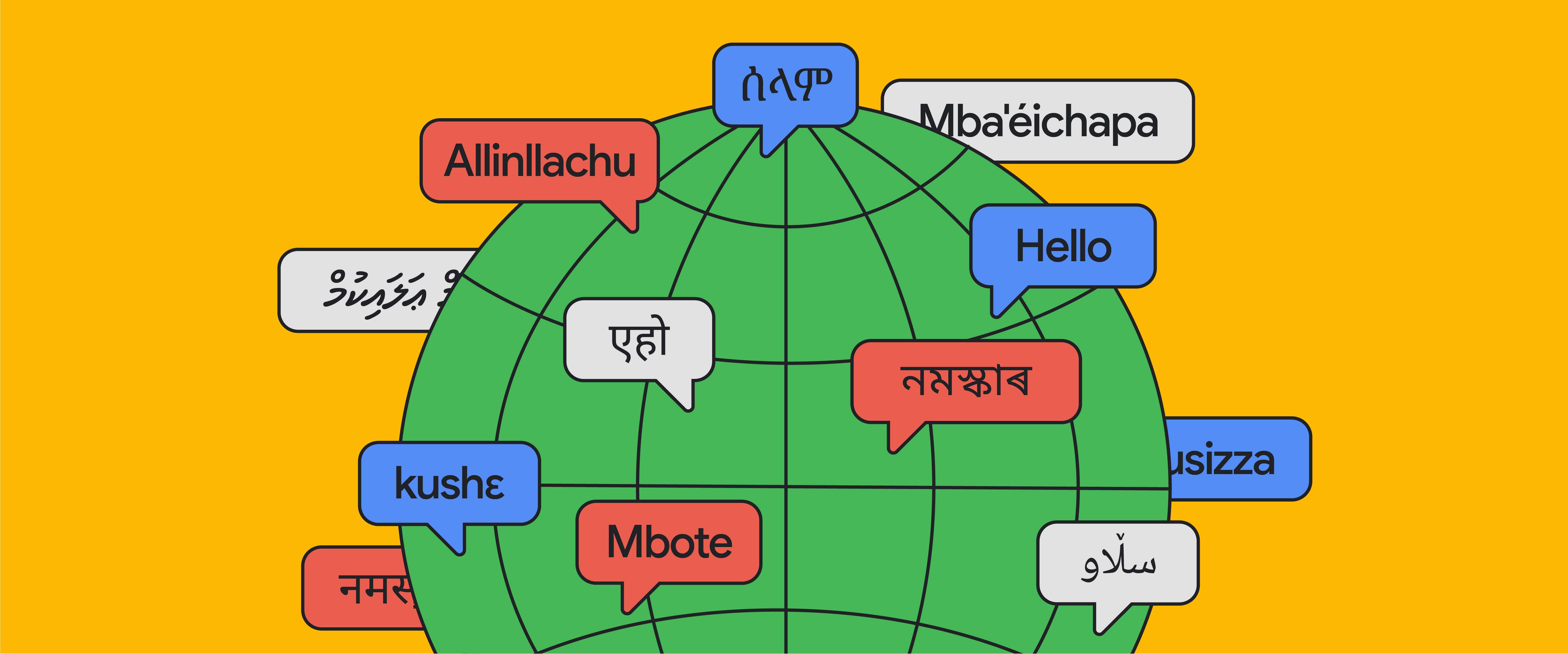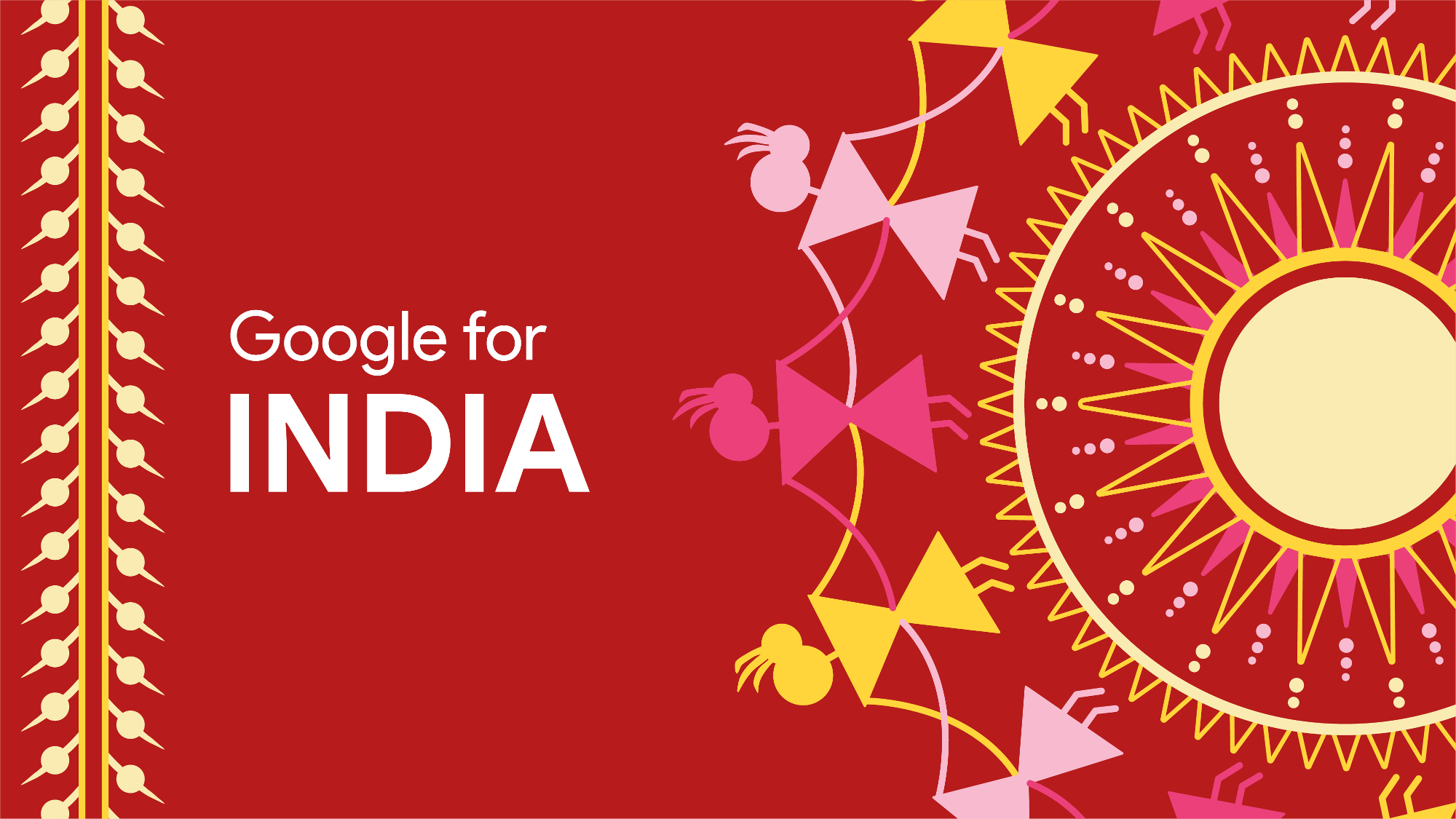Investing in India’s Digital Future
Google for India is always a really special time, and I only wish I could be there in person.
One of the challenges of this moment is that we can’t visit the people we love, or the places we call home. During this time, the ability to be online has been a lifeline to so many of us: whether you’re a small business trying to stay afloat…a parent looking for updates on how to keep your family healthy … or a student trying to keep up with your studies. Being helpful in these moments is at the core of Google’s mission to organize the world’s information and make it universally accessible and useful.
A new generation of Indian innovation
This mission is deeply personal to me. Growing up, technology provided a window to a world outside my own. It also brought us closer together as a family. Every evening we were drawn to the television by Doordashan’s special rendition of “Saare Jahan See Achha.” I tried to explain this to my colleagues the other day, but I eventually gave up and just showed it to them on YouTube.
When I was young, every new piece of technology brought new opportunities to learn and grow. But I always had to wait for it to arrive from someplace else. Today, people in India no longer have to wait for technology to come to you. A whole new generation of technologies are happening in India first.
It’s been incredible to see the rapid pace of change unfolding over my past few visits. From the excitement of young people using the latest apps and services, to the ways people are using smartphones to improve lives in rural villages, to the more than 2,500 Indian YouTube creators who each have over a million subscribers. I’ve actually turned to some of these creators for help over the last few weeks … for example, to learn how to make dishes like paneer makhani or pizza with my kids.
Indian small businesses go digital
One of the most exciting success stories has been the digitization of small businesses. Just four years ago, only one-third of all small businesses in India had an online presence. Today, 26 million SMBs are now discoverable on Search and Maps, driving connections with more than 150 million users every month. What’s more, small merchants across the country are now equipped to accept digital payments. This has made it possible for more small businesses to become part of the formal economy, and it improves their access to credit.
The global pandemic has supercharged the adoption of digital tools. Digital payments, for example, have enabled families across India to access goods and services during lockdowns. For them, grocery delivery services have been invaluable—though I’m sure my grandmother misses haggling over the price of her vegetables in person.
When we build for India, we build for the world
Of course, all this progress was only possible because of a strong foundation of digital connectivity. Thanks to Prime Minister Modi’s vision for Digital India, the country has made huge progress in getting a billion Indians online. Low-cost smartphones combined with affordable data, and a world-class telecom infrastructure, have paved the way for new opportunities.
At Google, we’ve been proud to be a partner in India’s digitization journey since 2004, when we opened our first offices in Hyderabad and Bangalore. In those days, our focus was on getting helpful and relevant information to Indian users through Search, whether they were searching for their favorite Bollywood star or cricket scores.
From there, we spread awareness of the Internet in rural villages through programs like Internet Saathi. It’s helped more than 30 million women across India gain digital skills to improve their lives and their communities.
Google’s efforts in India have deepened our understanding of how technology can be helpful to all different types of people. Building products for India first has helped us build better products for users everywhere.
A recent example is Google Pay, our fast, simple way to pay contactless or online. Together with the rise in BHIM-UPI adoption, Google Pay makes it easy to pay the rickshawala, or send money to family back home. India is setting the global standard on how to digitize payments, and it’s now helping us build a global product.
Our AI-powered reading tutor app Bolo, now called Read Along, is another example of a technology built specifically for Indian users. Last year I visited with students in Mumbai who were using the app to learn to read on their own. It was amazing to see their excitement when they read a new word in Hindi for the first time. It received such positive reception, we’re rolling it out to the rest of the world—now children in 180 countries can learn to read in nine languages, with more to come.
And our AI flood forecasting system was designed to keep people safe during India’s monsoon season. I’ll never forget how the 2015 floods in Chennai impacted so many families. I’m hopeful that this technology will bring greater peace of mind to the hundreds of millions of people affected by floods each year around the world.
Our next chapter of investment: Google for India Digitization Fund
These are just a few examples of how innovations that start in India can benefit the rest of the world. But India’s own digital journey is far from complete. There’s still more work to do in order to make the internet affordable and useful for a billion Indians…from improving voice input and computing for all of India’s languages, to inspiring and supporting a whole new generation of entrepreneurs.
Over the years, we’ve invested in many Indian businesses through Google, as well as through our growth equity investment fund CapitalG.
Today, I’m excited to announce the Google for India Digitization Fund. Through this effort, we will invest ₹75,000 crore, or approximately $10 billion, into India over the next 5-7 years. We’ll do this through a mix of equity investments, partnerships, and operational, infrastructure and ecosystem investments. This is a reflection of our confidence in the future of India and its digital economy.
Investments will focus on four areas important to India’s digitization:
- First, enabling affordable access and information to every Indian in their own language, whether it’s Hindi, Tamil, Punjabi or any other.
- Second, building new products and services that are deeply relevant to India’s unique needs.
- Third, empowering businesses as they continue or embark on their digital transformation.
- Fourth, leveraging technology and AI for social good, in areas like health, education, and agriculture.
As we make these investments, we look forward to working alongside Prime Minister Modi and the Indian government, as well as Indian businesses of all sizes to realize our shared vision for a Digital India.
There’s no question we are facing a difficult moment today, in India and around the world. The dual challenges to our health and to our economies have forced us to rethink how we work and how we live. But times of challenge can lead to incredible moments of innovation. Our goal is to ensure India not only benefits from the next wave of innovation, but leads it. Working together we can ensure that our best days are still ahead.




